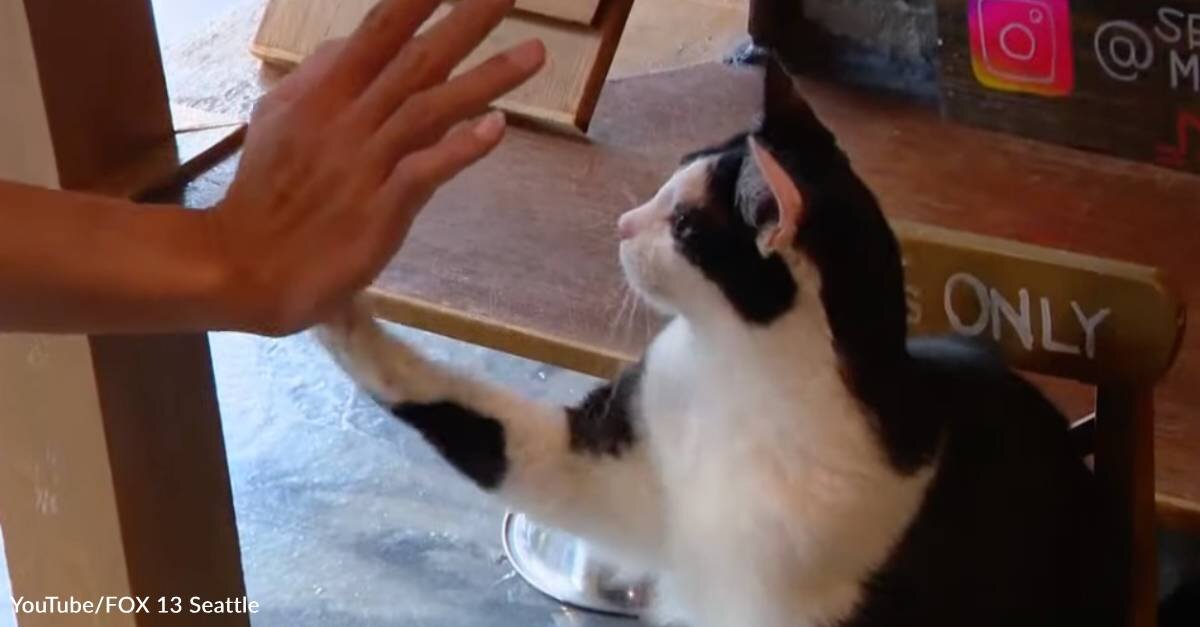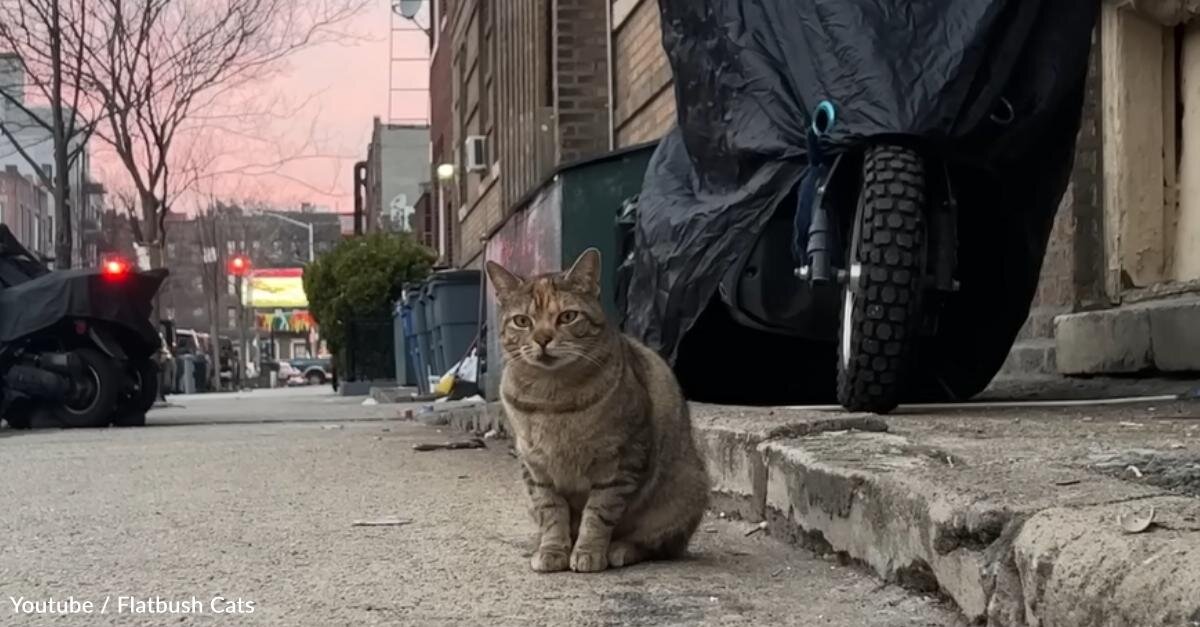Research into the life expectancy of dog breeds can be found fairly easily, but that’s not generally the case for cats. A new study out of the United Kingdom aimed to put together such a resource for feline owners there, and it shows that some cats may be more apt to live to a ripe old age than others.
Researchers at the Royal Veterinary College (RVC) in the UK and National Chung Hsing University in Taiwan recently teamed up to calculate the average overall life expectancy of pet cats in the UK, further breaking down the figures by breed, gender, and other factors to provide helpful information to pet owners and veterinarians. The findings are published in the Journal of Feline Medicine and Surgery.

Dr. Kendy Teng, the study’s lead author and Assistant Professor of Animal Welfare Epidemiology at National Chung Hsing University, explains, “The development of life tables for the UK companion cat population represents a significant milestone in understanding the life of cats. Knowing the expected lifespan of their cats, we’re not just raising awareness, we’re helping the owners to make ‘pawsitive’ decisions for their cats.”
To conduct their study, Dr. Teng and her team used data from more than 7,900 pet cats who died between 2019 and 2021 at vet clinics involved in the Vetcompass Programme. With this data, they found that the average life expectancy for a UK cat was 11.74 years. Female cats, though, lived about a year and four months longer than males. The team says this may be due to males suffering more often from urinary tract obstructions, the feline leukemia virus, and feline immunodeficiency virus. They’re also more apt to obtain injuries from fights and collisions with cars.
When looking into figures on certain breeds, meanwhile, the team found that purebred cats tended to have a shorter life expectancy than crossbreeds. The shortest lifespan was found in the Sphynx cat, at 6.68 years, while the second lowest was the Bengal cat, at 8.51 years. On the other end of the spectrum, Burmese and Birman cats had the longest life expectancy, both at about 14.4 years. Crossbreeds came in behind them at 11.89, with the Siamese at 11.69.

Other factors found to lower life expectancy were not being fixed and not being at a healthy weight.
The team says these findings provide a new resource to people looking to adopt or better understand how to care for their cats and gives vets more information on how long-lived some of their patients may be.
Dr. Dan O’Neill, study co-author and Associate Professor of Companion Animal Epidemiology at RVC, explains, “Since the early civilisation of man, predicting the future has been one of our greatest fascinations. These new life tables finally enable owners of cats to do just this and to predict the future life expectancy for their cats based on novel scientific methods and the power of Big Data.”

They did note a few limitations, however. That includes that most deaths involved in the study were from cats who were euthanized, which would lower the expectancy compared to dying a natural death. They also pointed out that studies on the topic from other countries have had similar results, but not all of them have yielded quite the same figures. They say further research is warranted.






